The Magic Online Vintage Cube LIVE Prize Cube
Posted on Oct 04, 2024
By Ryan Spain & Chris Wolf
The Final Stage Is Set
The qualifiers for the Magic Online Vintage Cube LIVE Powered by Ultimate Guard are complete! Eight competitors triumphed in their quest to win a seat at the Ultimate Guard Finals on October 25th and 26th at MagicCon: Las Vegas, where they will draft a physical Vintage Cube and keep the cards! You can find live coverage of the event on www.Twitch.tv/UltimateGuardLive, and a co-stream on www.Twitch.tv/MagicOnline.
If, like most people, you didn’t win a seat at the Finals, fear not! While you won’t get to keep the cards, you will still have an opportunity to draft the Ultimate Guard Finals Prize Cube yourself! Starting after the conclusion of the Finals Draft on the evening of Friday, October 25th, the Prize Cube will be available on Magic Online until Tuesday, November 12th! Well, technically it will be 538 cards from the Prize Cube, plus two swaps for tabletop-only cards that will be used in the Finals that aren’t available on Magic Online. Why make them different at all? Because we thought the two tabletop-only cards were too cool to leave out of the Prize Cube!
Eyes on the Prize
In previous articles about the curation of the Magic Online Vintage Cube, we’ve called out that the intent of the curation is not to craft a Magic: The Gathering card museum, it’s to craft the most fun play experience we can around the most powerful cards and strategies the game has to offer.
When the cards themselves are the prize, however, there is a museum element to the curation. Given that we wanted lots of cool early Magic cards in the Prize Cube, the curation would necessarily include cards that have been supplanted on power level by newer cards in today’s flagship Magic Online Vintage Cube lists.
Having a curation with a design intent of “powerful, nostalgic classics” rather than “the most powerful (but fun) cards available” allowed us to travel back in time a bit and include some long-lost Cube favorites that have been riding the bench lately. We still borrowed liberally from newer releases to maintain our primary goal of an enjoyable play experience, but we selected newer cards with an eye toward how they supported the old-school inclusions and Vintage Cube spirit as opposed to strict power level.
Let’s take a look at what the colors are up to and which archetypes are supported.
The Colors
White: Aggro/Control
White is the most straightforward of all colors. What you will find here are mostly efficient creatures, often with disruptive effects and a wide variety of removal spells that allow you to answer (almost) everything your opponents may present you.
There are very few combo elements represented here, with the exceptions being Elesh Norn, Grand Cenobite and Iona, Shield of Emeria most frequently used in Reanimator; Enlightened Tutor for various artifact- and enchantment-based combo decks, and most notably Auriok Salvagers, which combines with Black Lotus or Lion’s Eye Diamond for the famous “Bomberman” combo.
Blue: Control/Combo
Blue has various contributions to both control and combo decks. The counterspells can serve all strategies but are most at home in controlling shells (perhaps with a combo finish, such as Deceiver Exarch/Pestermite + Splinter Twin/Kiki-Jiki, Mirror Breaker). The combo cards tend to be more dedicated to those specific archetypes, such as High Tide and Turnabout, but cards like Jace, Vryn’s Prodigy and Frantic Search also play well in Reanimator, with Flash and Show and Tell also crossing over to that general archetype. You’ll also find plenty of artifact synergies, such as Emry, Lurker of the Loch and Urza, Lord High Artificer.
Opposition is most often paired with Green but has a wide range of applications. Similarly, Upheaval is often associated with Artifact-ramp but can work wonders in green decks as well. Dream Halls can be seen as a subsection of Storm, but it also has its own thing going on with the Ultimatums.
Black: Midrange/Combo
The midrange aspect of Black alludes to its nature as a disruptive color, which can find homes in controlling shells. But it is most effectively used when applying pressure on your opponents, either through creature beatdown or a combo kill. The main combo decks are Reanimator and Storm, with Vampire Hexmage contributing to Dark Depths and the universal tutors applying to all conceivable combos. The main synergy element here is sacrifice, more commonly known as “Aristocrats,” which also has the potential for combo kills (for example: Forsaken Miner + Warren Soultrader + Mayhem Devil).
Red: Aggro/Control/Combo
Red is a very deep color in terms of its combo potential, branching into Storm with Rituals, “Creature-cheat” with Sneak Attack and Through the Breach, Splinter Twin combo via its namesake, and Kiki-Jiki, Mirror Breaker. It also boasts various artifact synergies with Goblin Welder that can overlap with the “Aristocrats” theme as well. Burning of Xinye and Wildfire offer a pathway into controlling shells, rounded out by cheap creatures and burn-spell for your aggressive strategies.
Green: Ramp/Midrange
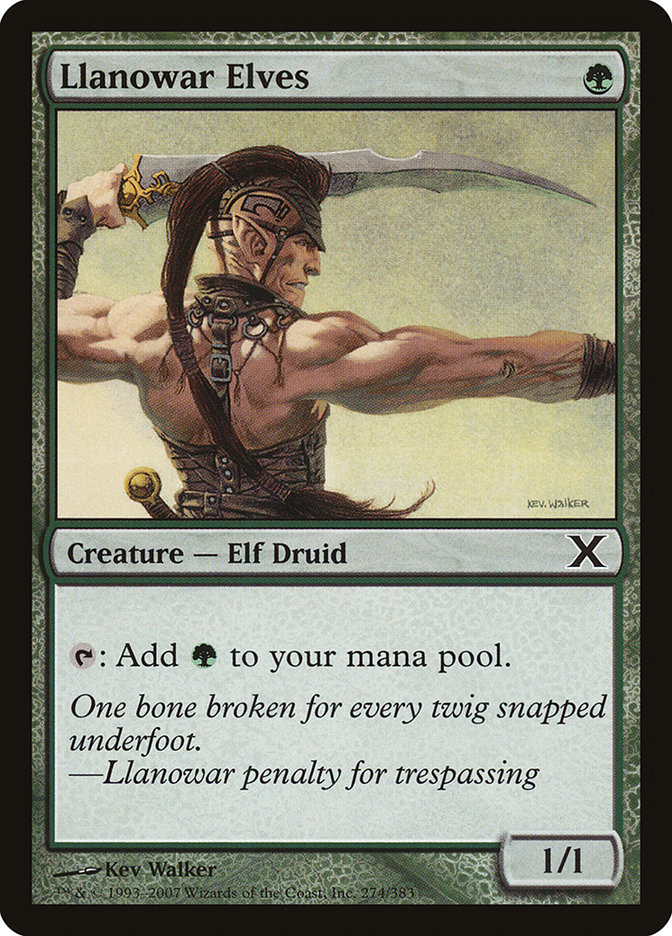


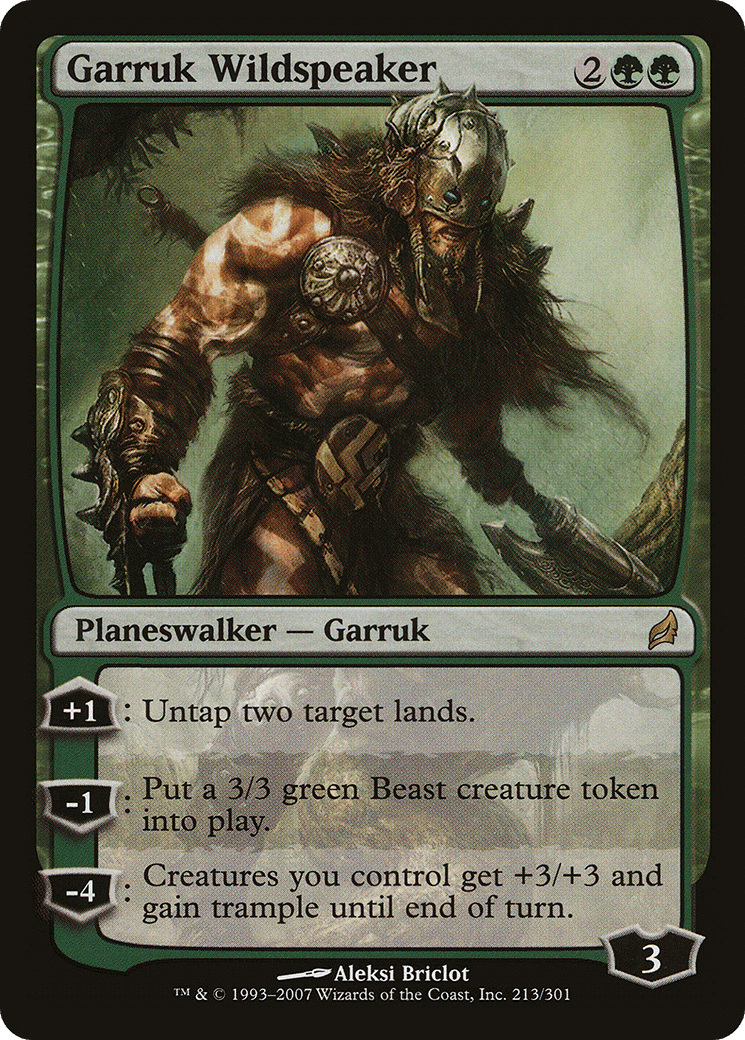
Green lays the foundation for both of these with myriad 1-drop accelerators and great mana fixing. Whether you’re trying to ramp into a Craterhoof Behemoth or are working toward casting Omnath, Locus of Creation, it tends to be heavily centered around board-states. Exceptions include Channel, Eureka and Oath of Druids, which branch into “Creature-cheat” combo territory and various Lands-based combos including Titania, Protector of Argoth and Fastbond. Green also lends some of its big creatures to “Creature-cheat” involving other colors but can cheat them into play themselves via Natural Order.
Birthing Pod also cheats creatures into play, but in a generally different category and weight-class, so it firmly lands in “midrange value pile”-territory.
You can also draft and build Green fairly aggressively, utilizing your early ramp to deploy mid-sized haste threat such as Questing Beast and Ulvenwald Oddity quickly, which pairs best with Red to gain access to Orcish Lumberjack and more hasty threats.
Colorless: Ramp/Combo
Here is the home of artifacts, stupidly expensive Eldrazi, and, most importantly, fast mana. The latter is generally what everyone drafting a powered Vintage Cube seeks but can be applied in various ways. Lion’s Eye Diamond fuels Auriok Salvagers, Echo of Eons and Yawgmoth’s Will; Zuran Orb combos with Titania, Protector of Argoth for a heap of 5/3 Elementals and Crucible of Worlds + Fastbond for infinite life and mana; Cursed Scroll can supply your Burn-decks with closing ability; and you can even attempt to lock your opponents out of the game using Lodestone Golem, Winter Orb, Tangle Wire and Smokestack.
Lands
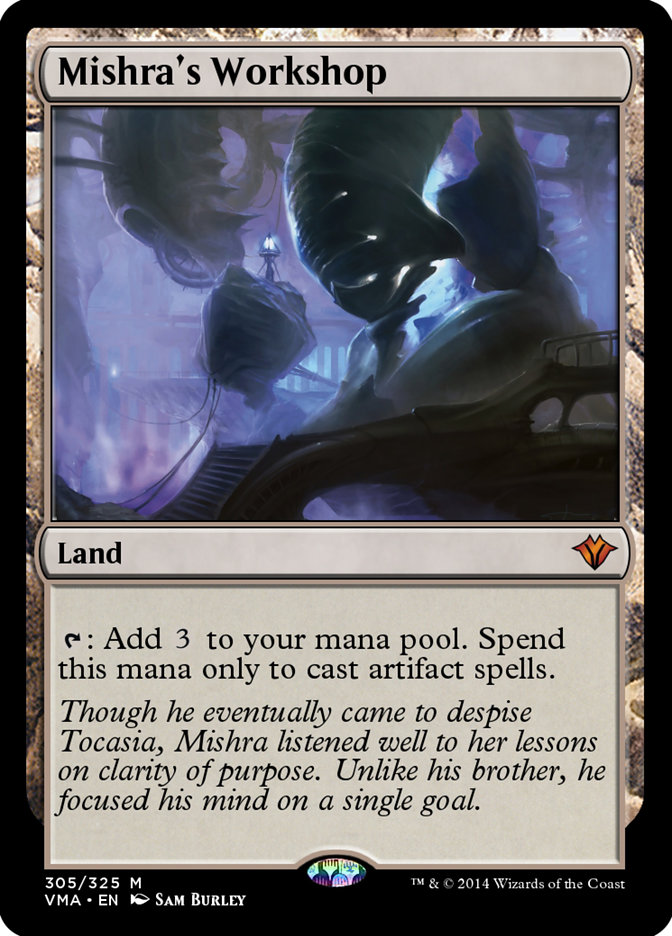
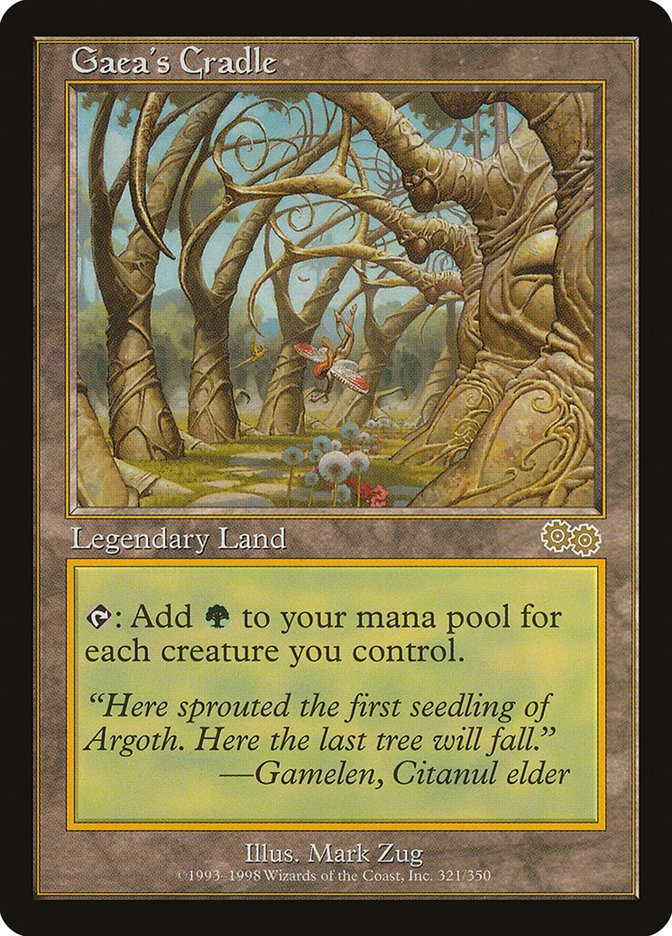

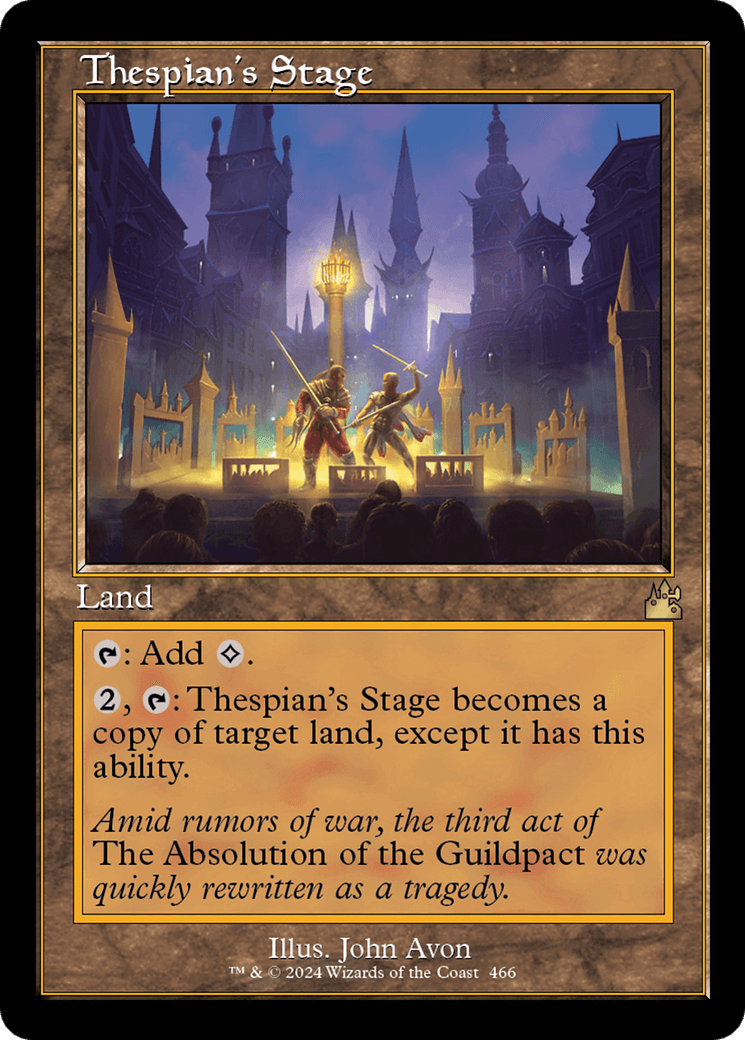
Since the lands section is mostly about color-fixing, there shouldn’t be that much to talk about here – but don’t be fooled. This is Vintage Cube, and with that we have some of the best lands Magic’s history has to offer. Don’t get hung up on the colors that Gaea’s Cradle and Tolarian Academy produce; they go in any deck with enough creatures or artifacts, respectively. Artifact strategies tend to be heavy Blue, so Tolarian Academy tends to produce the right color of mana, but Gaea’s Cradle is well suited as a “Sol-Land” in any creature deck. Going Plains, Mother of Runes, Plains, Thalia, Guardian of Thraben into Hero of Bladehold off of Gaea’s Cradle on Turn 3 is very powerful.
Mishra’s Workshop and Urza’s Saga provide more powerful acceleration and threats for the artifacts deck. That said, Saga can be used in pretty much any deck with a couple of silver bullets to great effect. Library of Alexandria, one of the all-time-greatest. Dark Depths/Thespian’s Stage combo. Karakas, Mishra’s Factory, Rishadan Port, Strip Mine and Wasteland as utility Lands for nearly every deck. Bazaar of Baghdad for Reanimator. Sol Lands for quick boosts of mana. Field of the Dead for your Omanth/Primeval Titan decks.
The Archetypes
The world is your oyster when it comes to Cube, so don’t view these as hard and fast rules, but rather as a general guideline for what you can keep your eyes peeled, if you’re first trying to navigate through this complex environment. Once you’ve mastered the Cube, all limits fall off and you can do whatever you like with great success!
The Classics
White Weenie
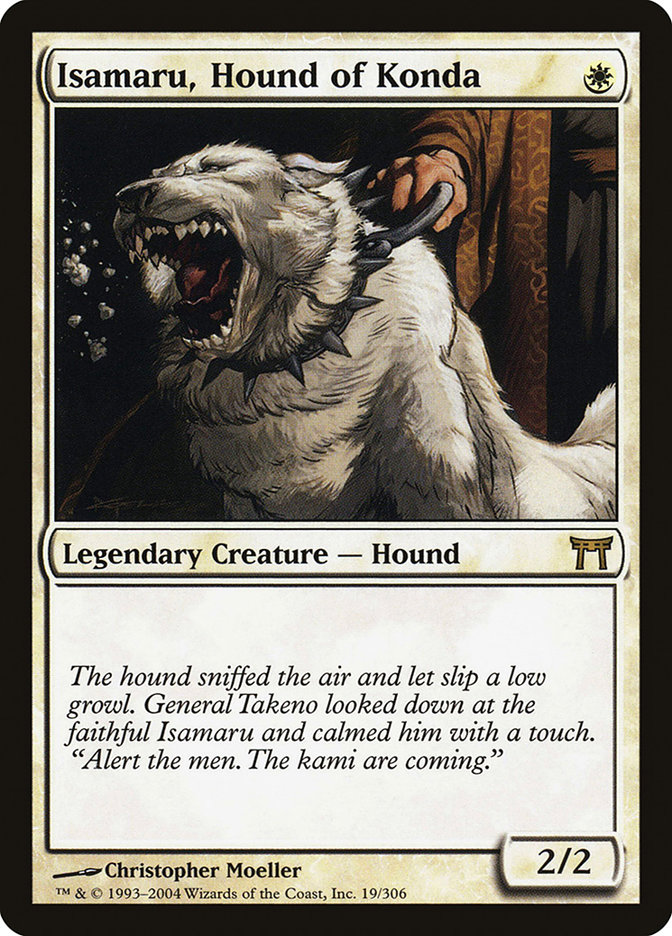
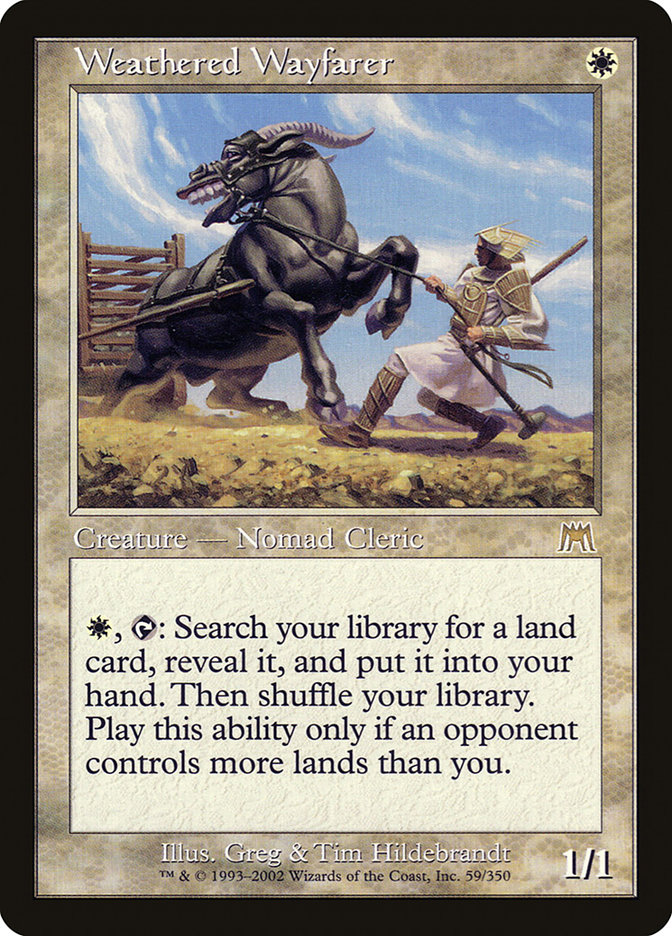
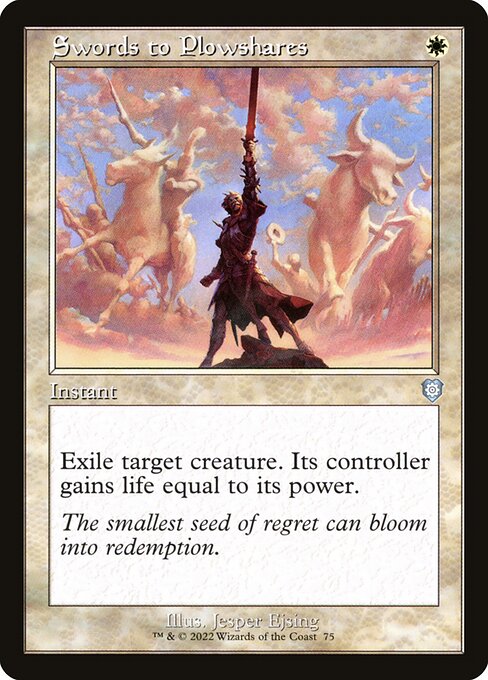
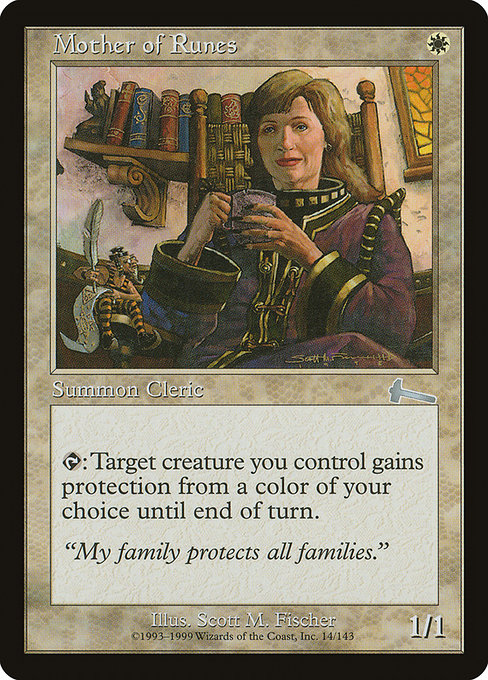
We're not calling it “Aggro” on purpose, because that tends to lead to a lot of misconceptions about how the strengths of white are best utilized. Sure, you can curve out and go for fast kills, but that really isn’t a necessity to win games with white. Its biggest strength actually lies in the removal because it’s so universal. When you can answer everything your opponent is doing, your regular Savannah Lions will eventually win the game. For that reason, I often half-jokingly call it “Mono White Control.” Don’t be afraid to play the long game with these kinds of decks, and don’t shy away from tutoring up a Library of Alexandria with your Weathered Wayfarer and get comfortable.
Azorius Control
A classic archetype that tries to combine the best of both worlds with White removal and Blue counter-magic, eventually winning the game with a planeswalker or other big threat. That said, as above, once you can answer anything your opponent is doing, you shouldn’t have a hard time winning the game by just nibbling away at their life total with a Vendilion Clique or Brazen Borrower!
Storm
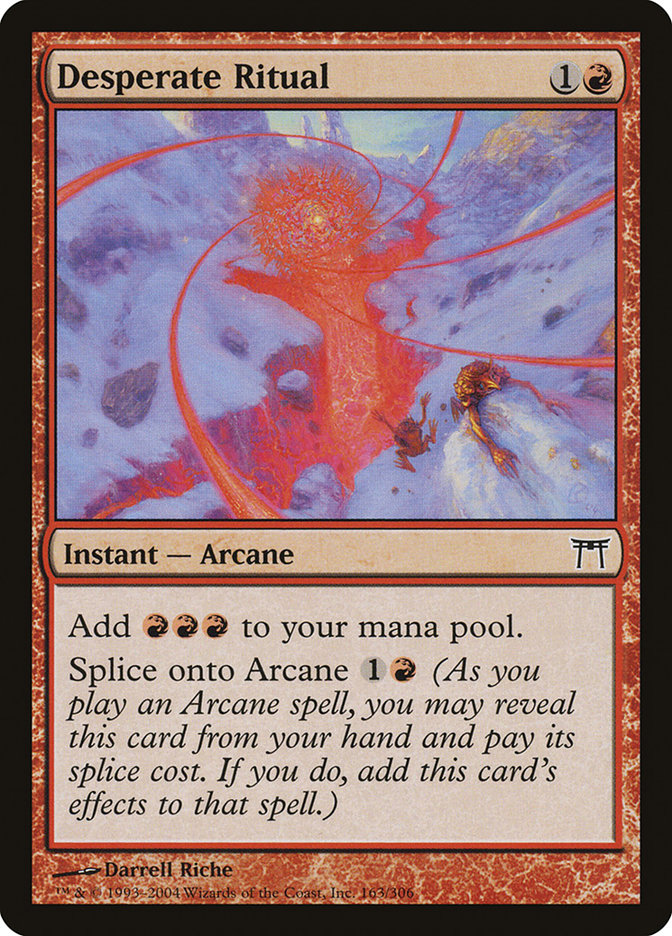
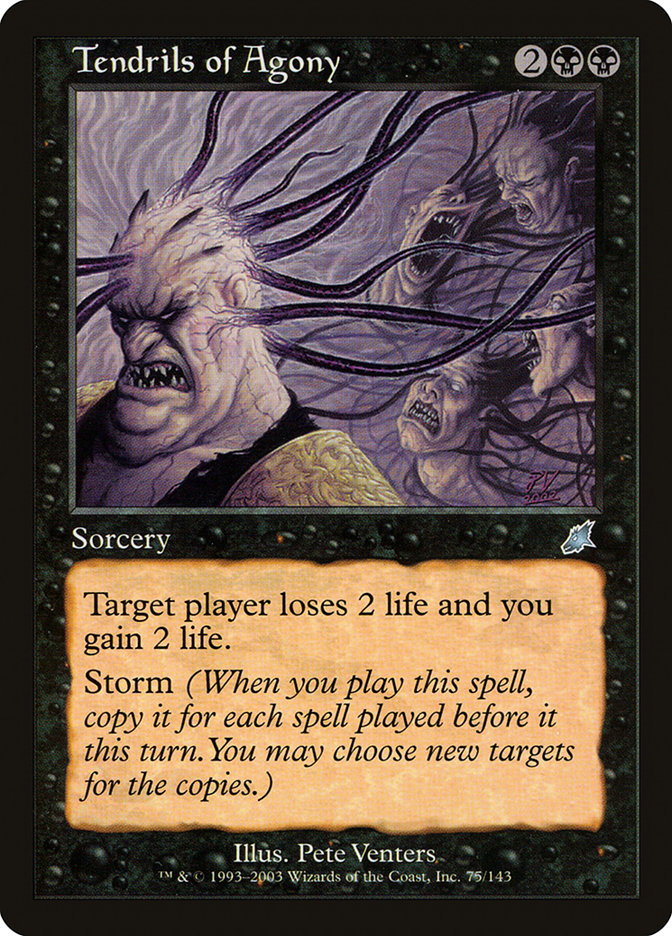
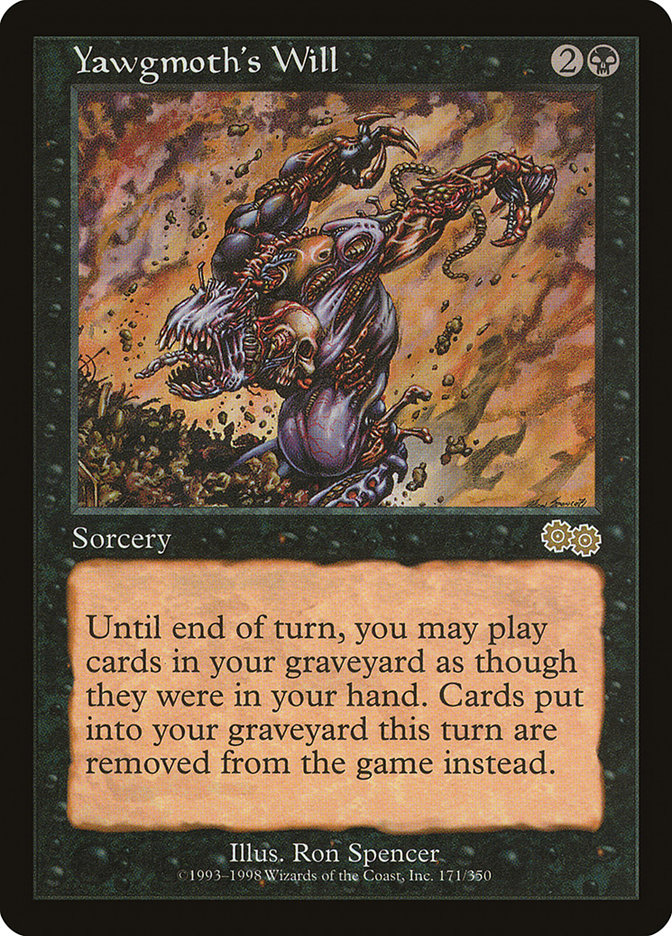
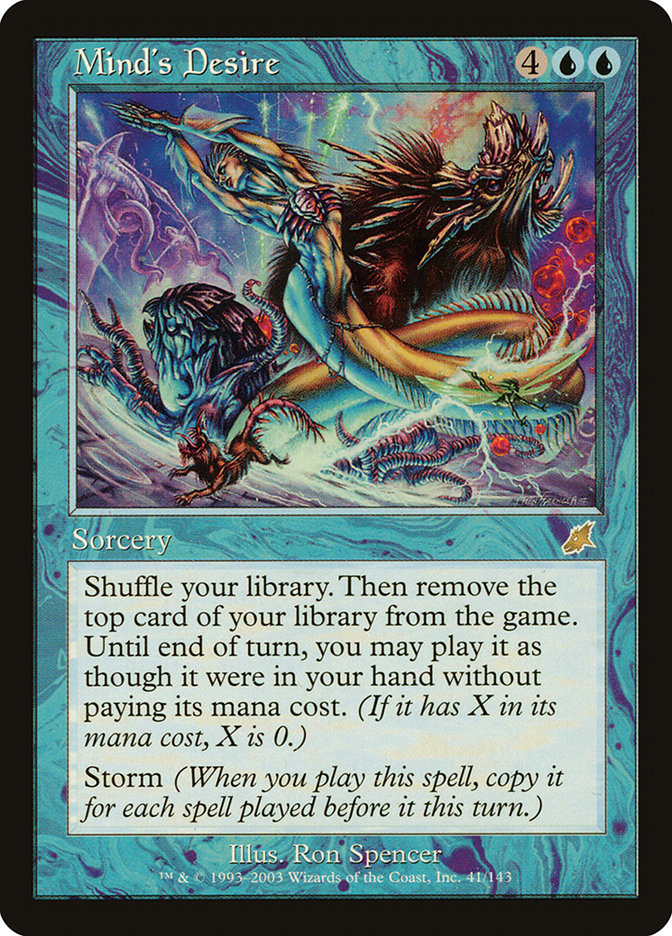
Perhaps the most classic Vintage Cube archetype, this iteration of the Cube has everything from its former glory. Generally, you will find yourself in some combination of the Grixis colors, occasionally splashing a Fastbond to go with your Draw 7’s. The game objective here is to generate a bunch of mana while also upping your Storm-count to eventually win the game with Brain Freeze or Tendrils of Agony. There are several roads to that:
- High Tide + Frantic Search/Turnabout/Time Spiral
- Yawgmoth’s Will + Dark Ritual/Cabal Ritual/Lion’s Eye Diamond
- Baral, Chief of Compliance/Ral, Monsoon Mage/Stormcatch Mentor + Desperate Ritual, Seething Song, or Past in Flames
And you can bypass the whole mana system using Bolas’s Citadel, preferably in conjunction with Sensei’s Divining Top, by Tinkering for it, Show and Telling it into play or casting it with the help of your black Rituals.
Reanimator
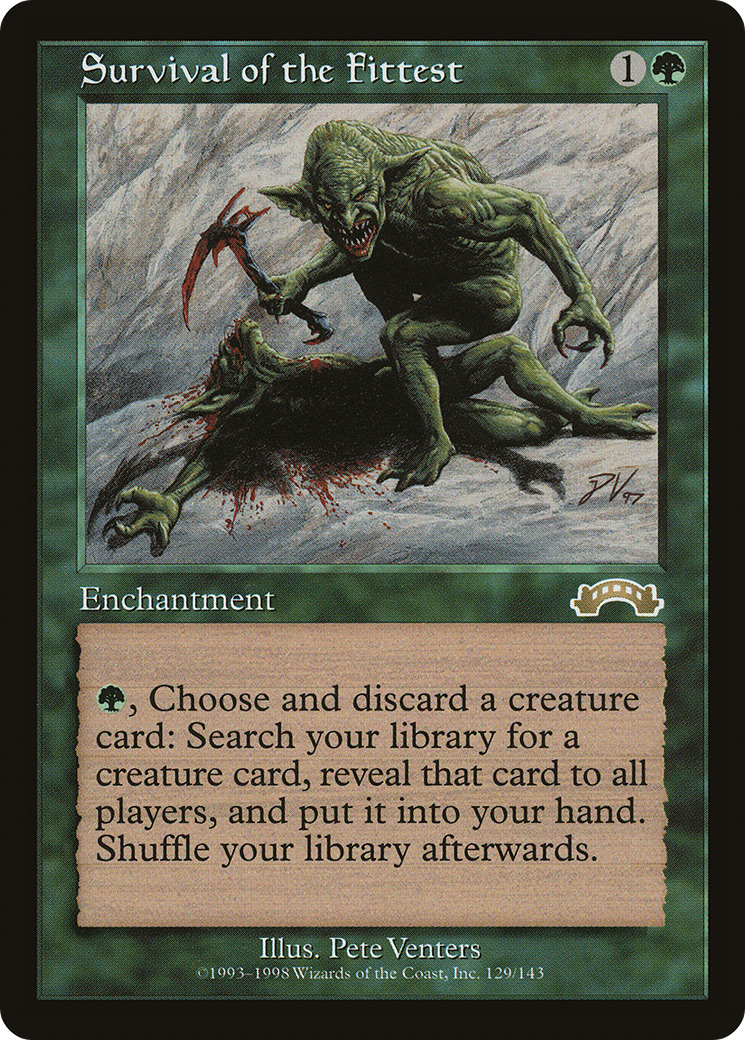

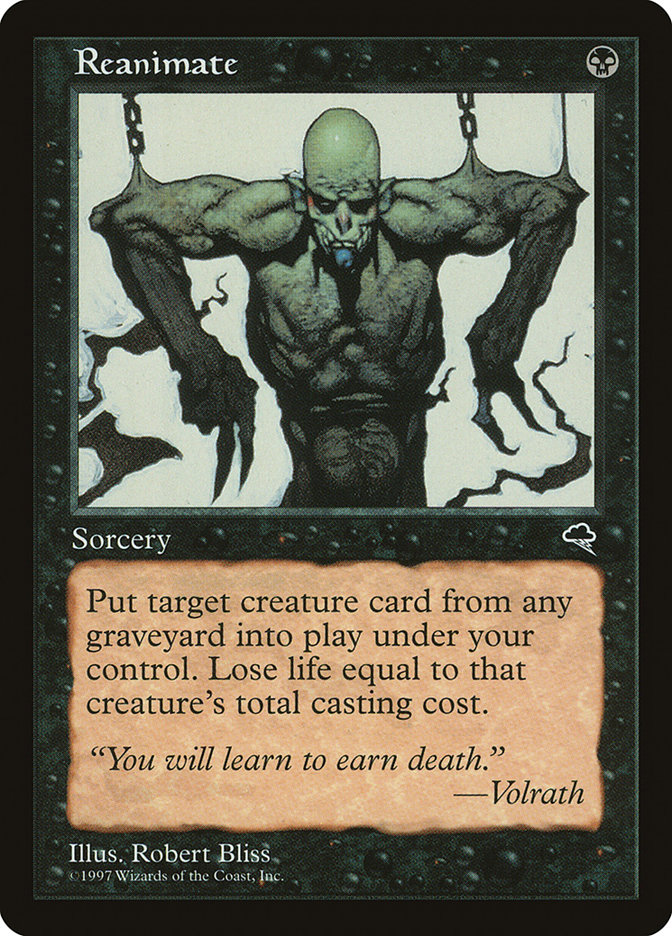
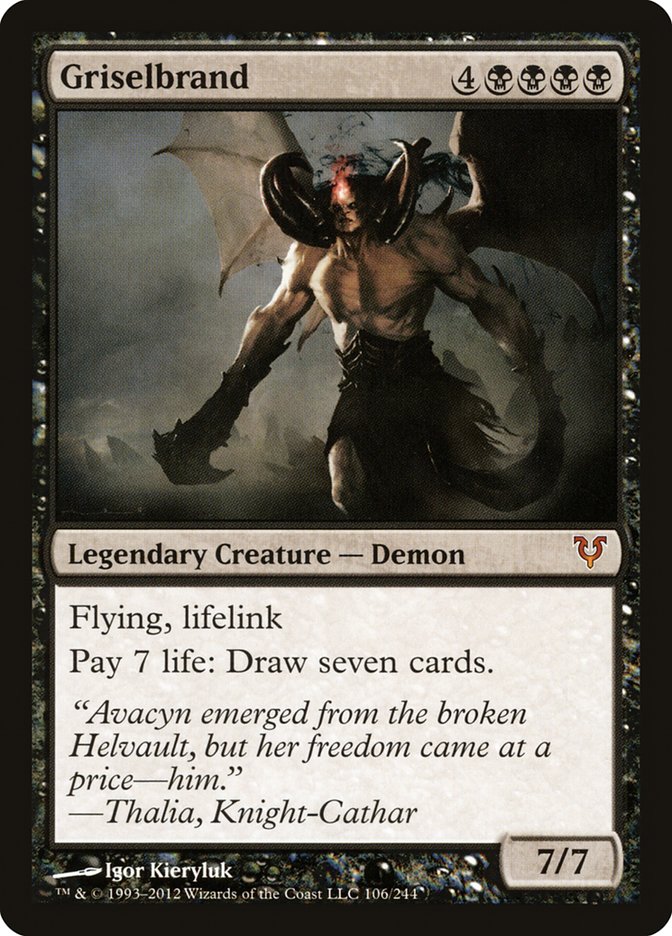
Another highly storied Vintage Cube archetype that, similar to Storm, will most present itself in the Grixis color-pie, it’s mainly centered around Black and occasionally utilizing Survival of the Fittest out of Green. Blue provides discard outlets, card selection and additional tutors, while Red offers discard outlets and additional combo pieces in Sneak Attack and Through the Breach.
Mono Red Aggro a.k.a. “The Fun Police”
Unlike White, this really is a purely aggressive strategy. Instead of universal removal, you rely on quickly reducing your opponent’s life total to finish them off with burn spells. Therefore, it’s essential to get out of the gates quickly. This archetype is particularly good at punishing any stumbles from combo decks and thus is deserving of its nickname.
Mono Green Ramp
Mana Elves and big stuff – a fairly straightforward strategy. What you’re trying to do here is generate a ton of mana using cards like Birds of Paradise and Rofellos, Llanowar Emissary o cast bigger things ahead of curve, which can be as “little” as an Elder Gargaroth on Turn 3, and go all the way up to Craterhoof Behemoth to finish your opponents. You can also help bridge that gap with Natural Order.
Artifacts
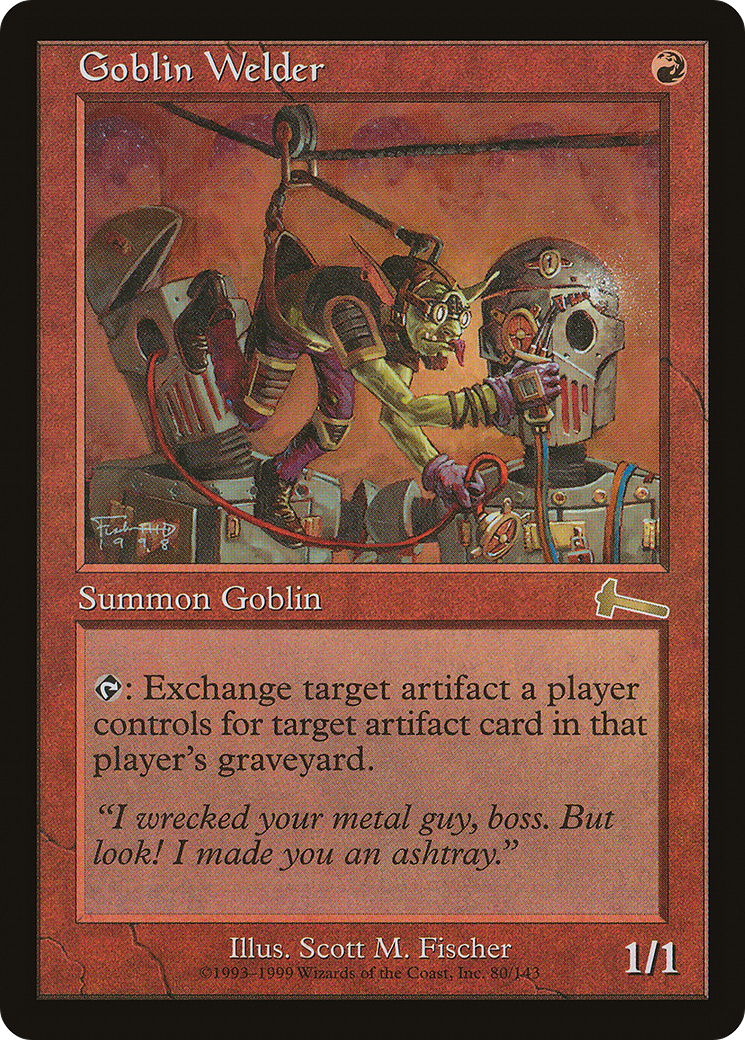
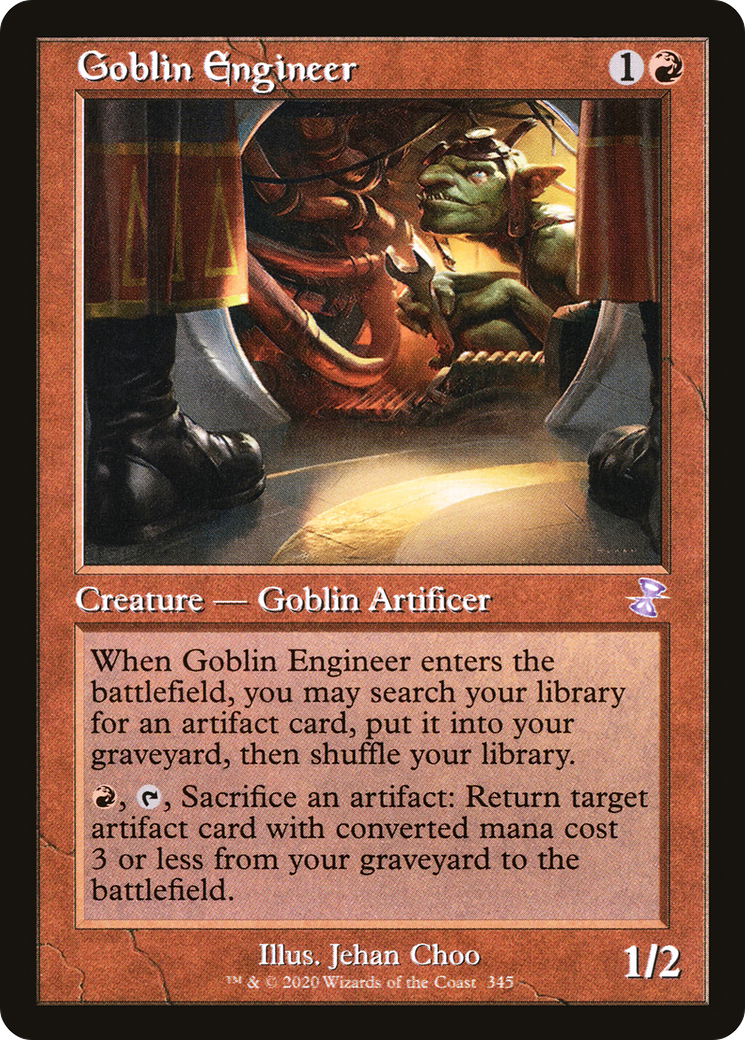
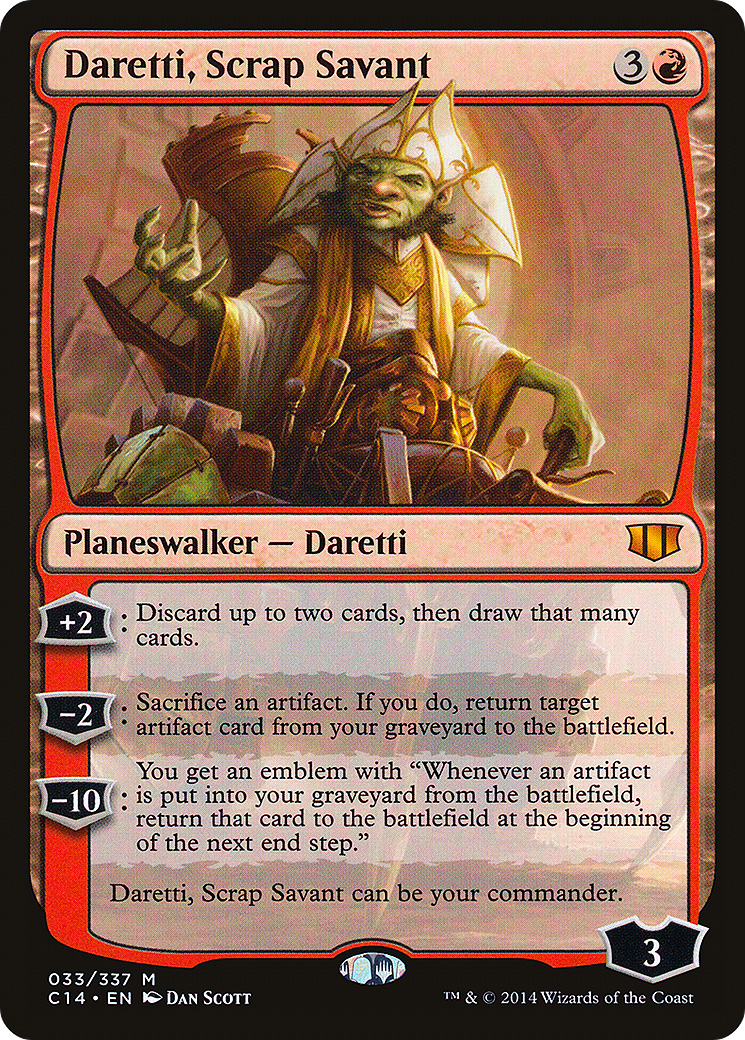
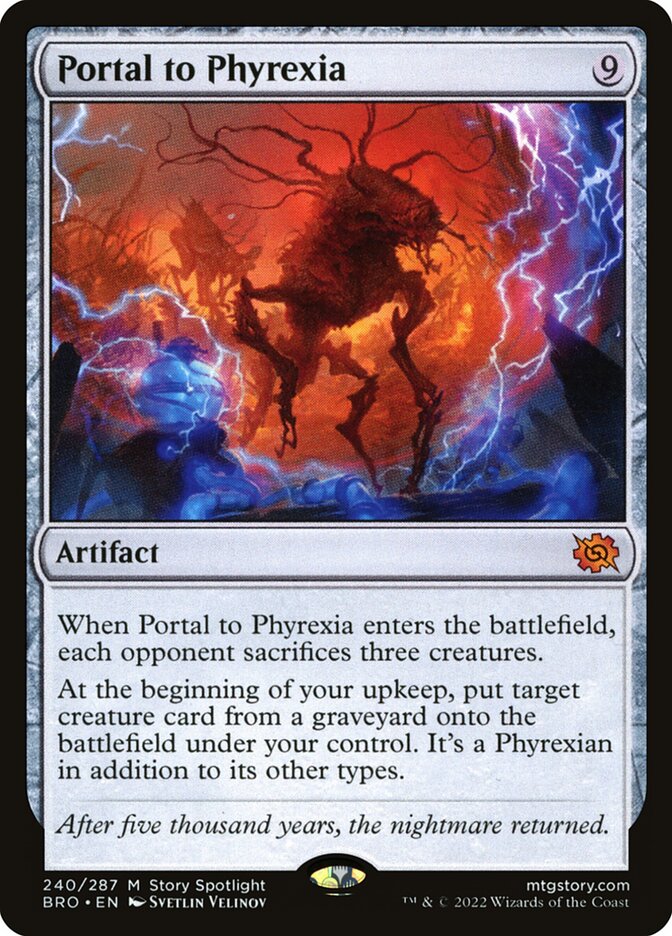
Recent history has moved Artifacts more and more towards White, but in this nostalgia-driven iteration, we’re taking it back to its roots in Izzet with Goblin Welder, Goblin Engineer and Daretti, Scrap Savant. Much like Mono Green Ramp, this archetype tries to ramp up its mana quickly, but instead of Elves it relies on mana rocks and Tolarian Academy. There are also several different routes to take with this. You can cheat your big things into play using Tinker, Goblin Welder, or Daretti. Alternately, ramp up your mana quickly and cast them ahead of curve, or simply cast Upheaval with a bunch of mana floating and re-deploy while your opponent’s board gets completely reset.
Sneak & Show
There is significant cross-over between a lot of different “creature-cheat” strategies in the Cube as a whole, so this isn’t as clearly defined. But between Flash, Show and Tell, Sneak Attack and Through the Breach, Izzet has the best inroads to cheating big things into play besides Reanimator. That said, Green provides access to Channel, Eureka, and Oath of Druids, so several different Temur variations are a definite possibility.
Splinter Twin



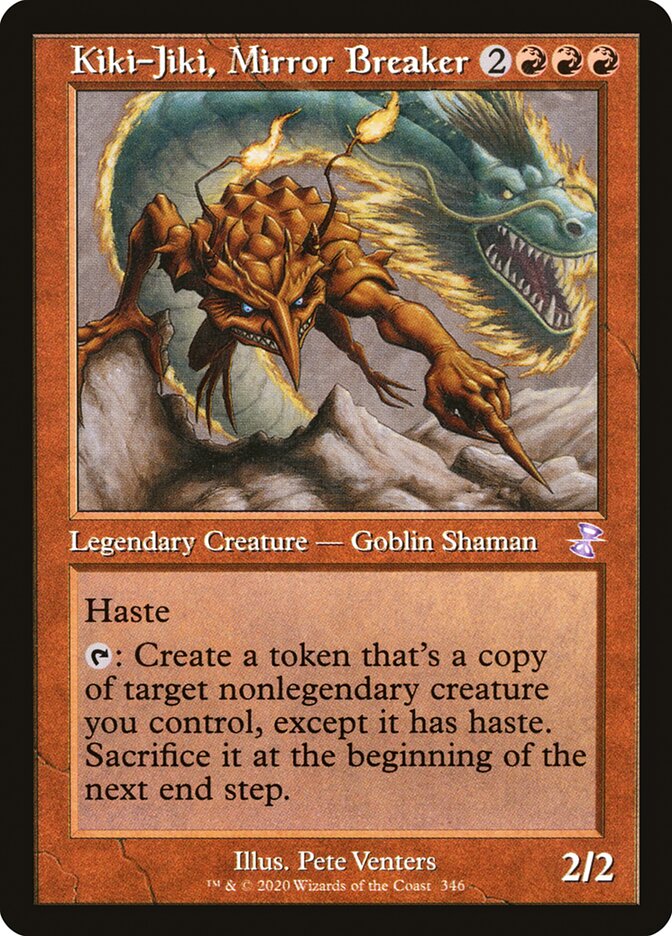
Another storied Izzet combo deck that most frequently functions as a control or tempo deck with a combo finish and can sometimes dip into other colors for tutors to maximize its combo aspect.
The Unorthodox and the Ancient
Staxx/Opposition
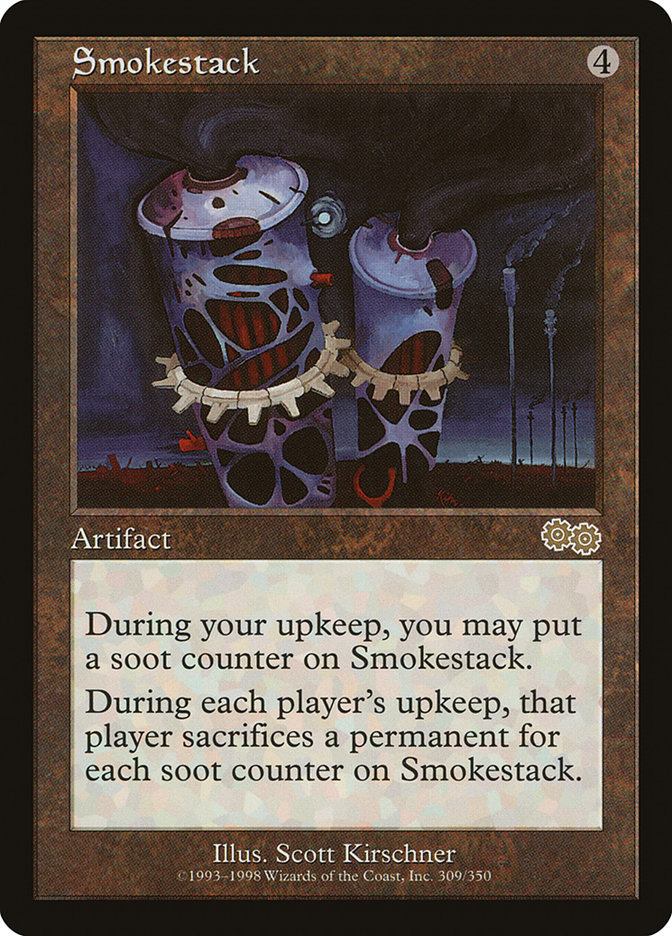
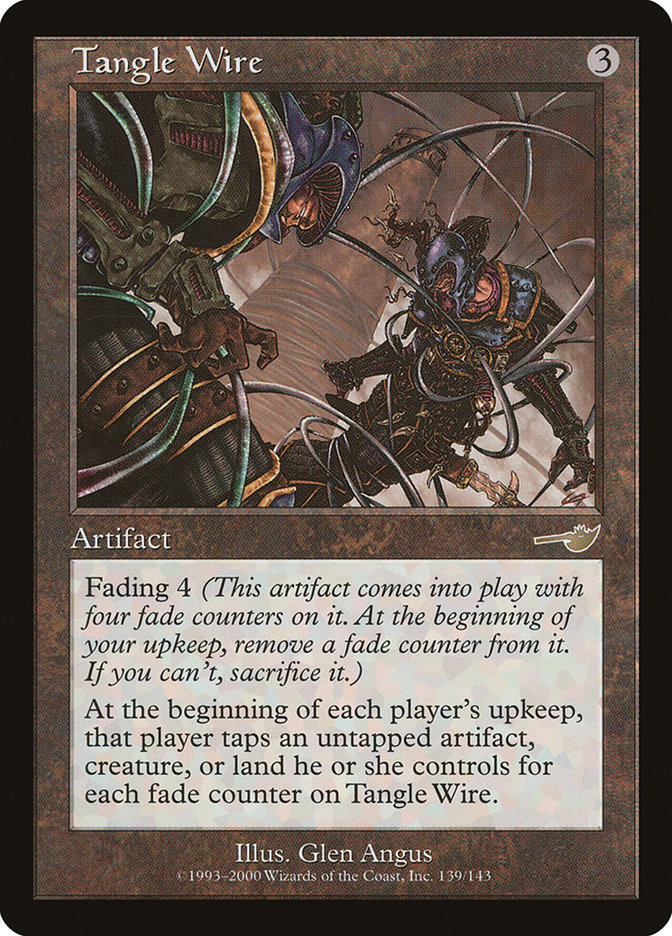
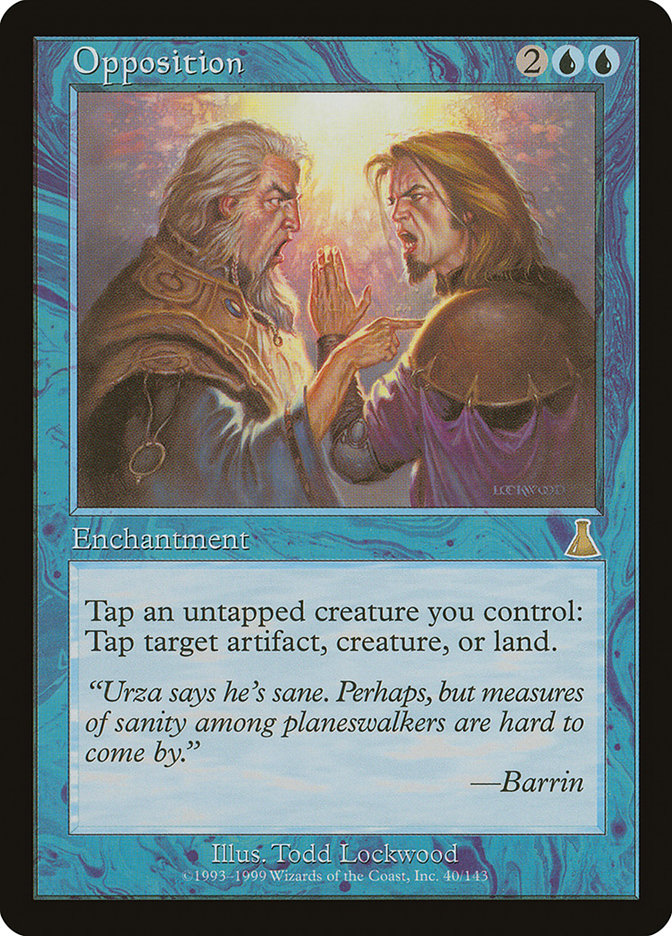
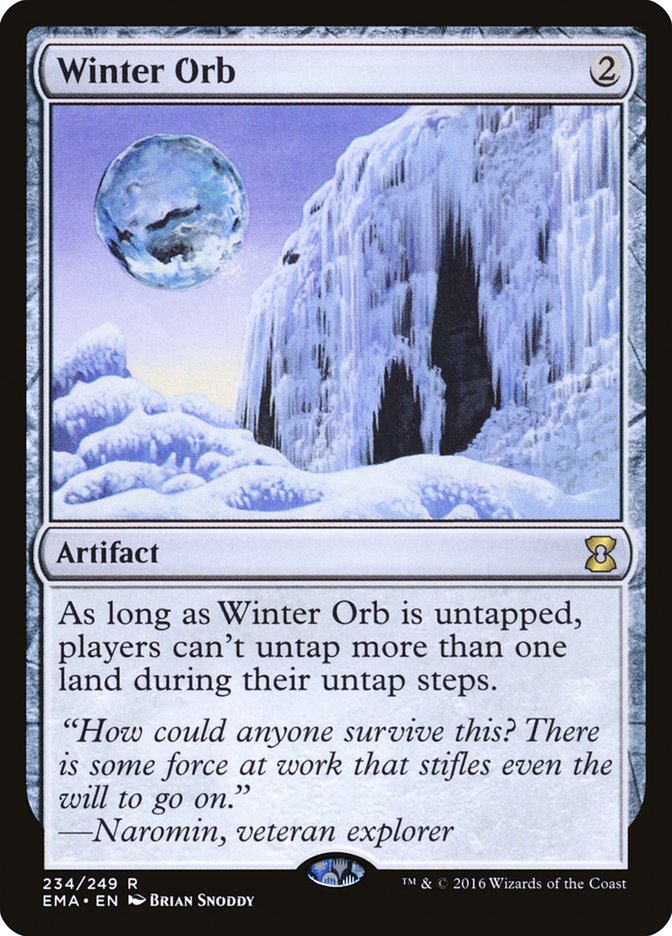
An archetype named after Smokestack that seeks to deny the opponent by taking away their resources. This can be accomplished through several channels. Besides its namesake, there are cards like Winter Orb, Tangle Wire, Rishadan Port, Opposition and Glare of Subdual which function in different shells. Opposition and Glare of Subdual mainly work through green creatures and token producers, but they also work with white armies, Bitterblossom, and Pia and Kiran Nalaar. The artifacts are frequently utilized by aggressive strategies to shut down the opponent’s development while you are ahead but can also function well in artifact shells that utilize Urza, Lord High Artificer and Goblin Welder.
Wildfire
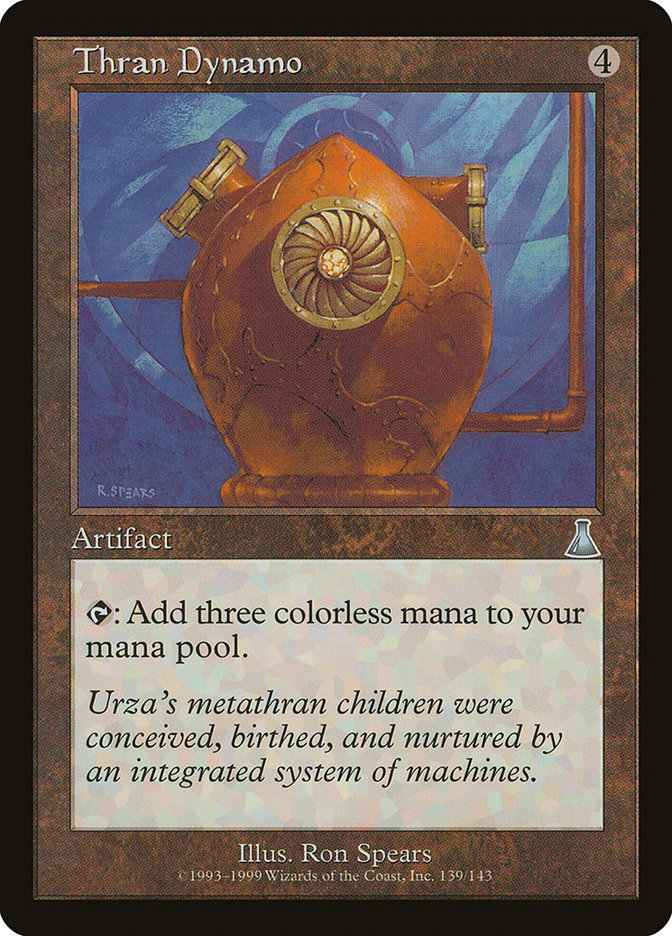
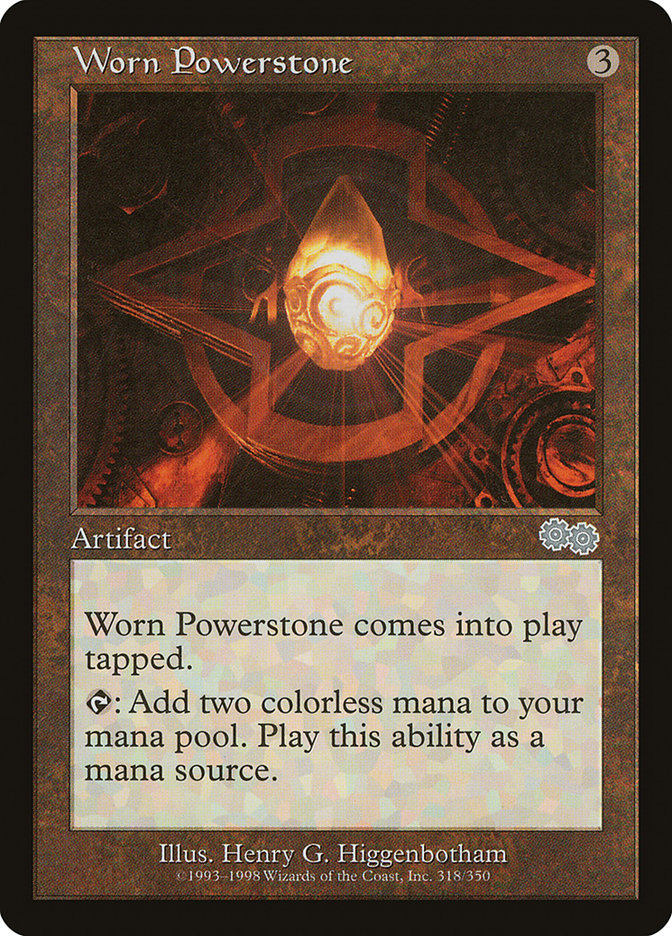
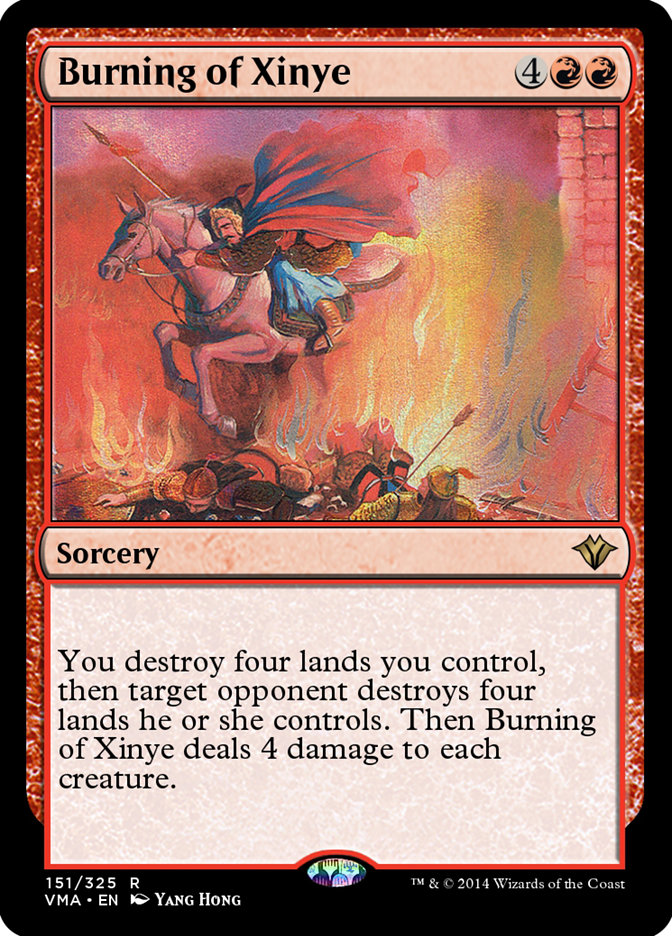
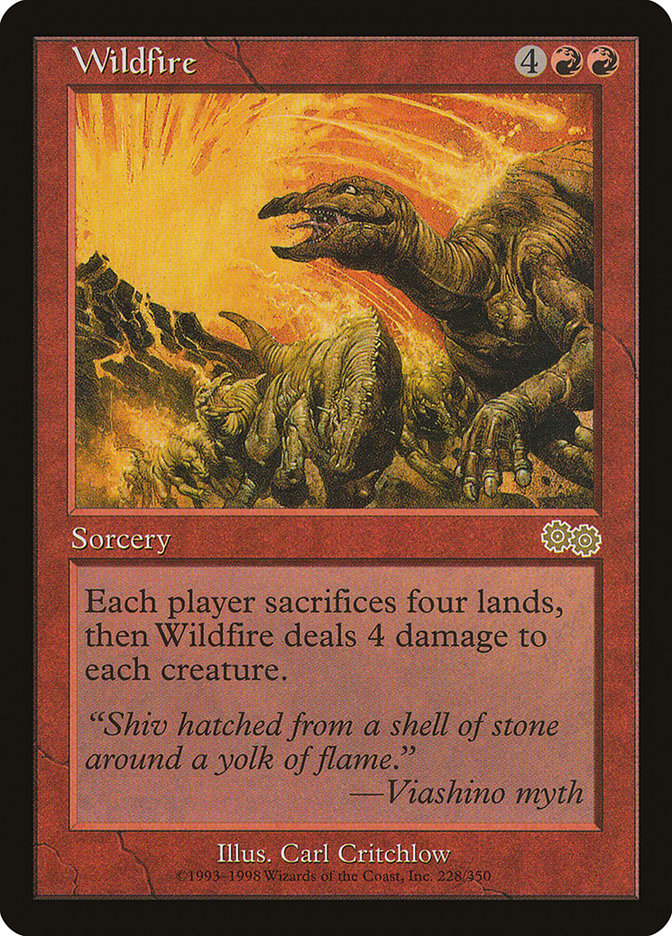
A controlling strategy seeking to ramp via mana rocks, land a planeswalker or two, and then clear the opponent’s board and land via Wildfire or Burning of Xinye. leaving your own planeswalkers and artifact mana unharmed.
Birthing Pod
Midrangy creature strategies with ETB’s are no slouches to begin with, so Birthing Pod slots in quite naturally, while also being able to tutor for certain creature-based combos, like Kiki-Jiki and friends. Modern Horizons 3 also provides redundancy here in the form of Birthing Ritual. A value-based strategy at its core that uses the Birthing effects to find the right creatures for the right situation, whether it be a Knight of Autumn to destroy one of your opponent’s artifacts or a Solitude/Fury to combat their creatures.
“Aristocrats” (Black-Red Sacrifice)
A semi-aggressive and creature-based strategy with a synergistic touch and even combo potential. Using cheap creatures to put pressure on your opponent and develop the board, it can then take advantage of various sacrifice-outlets via cards like Marionette Apprentice to generate an advantage. It also effectively utilizes the disruptive elements available to Rakdos, mainly discard, artifact and creature removal and can grind out games with recursive threats that also enable the larger theme.
Dream Halls




It’s more of a card than an entire archetype, really, but it’s worth mentioning because Mizzix’s Mastery provides some redundancy. You can essentially think of it as “spell-cheating” rather than the usual “creature-cheating” to cast your Magma Opus and Cruel Ultimatum. The Halls work best in combination with Draw 7’s which can lead to chaining multiple of these big spells together, as well as a Storm finish.
Lands
Similar to Dream Halls, it’s not really a full-fledged archetype, but several different combo routes to take. The main ones include recursive Strip Mines, Dark Depths, and Titania combos, which you can read more about in the following section …
The Combos
These are combinations of cards that either win the game outright or provide an overwhelming advantage leading to a win under most circumstances.
Leonin Relic-Warder + Animate Dead + Goblin Bombardment
What you need is Goblin Bombardment in play and Leonin Relic-Warder in your graveyard (which Bombardment helps with). Cast Animate Dead on Leonin –Relic-Warder. Choose Animate Dead as the target for its ETB. Once Animate Dead gets exiled, that will prompt a trigger to sacrifice Leonin –Relic-Warder, since Animate Dead is no longer attached to it. Use that window to sacrifice it to Goblin Bombardment, dealing 1 damage. Once the Relic-Warder has died, Animate Dead will come back, and you can repeat the whole process as many times as you need.
Auriok Salvagers + Black Lotus/Lion’s Eye Diamond + Pyrite Spellbomb/Walking Ballista
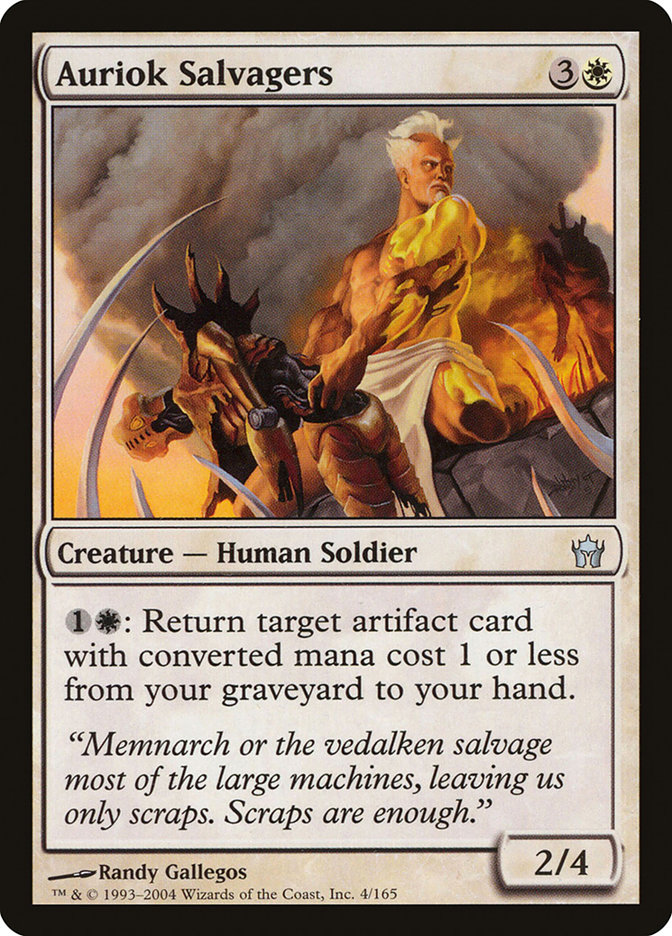
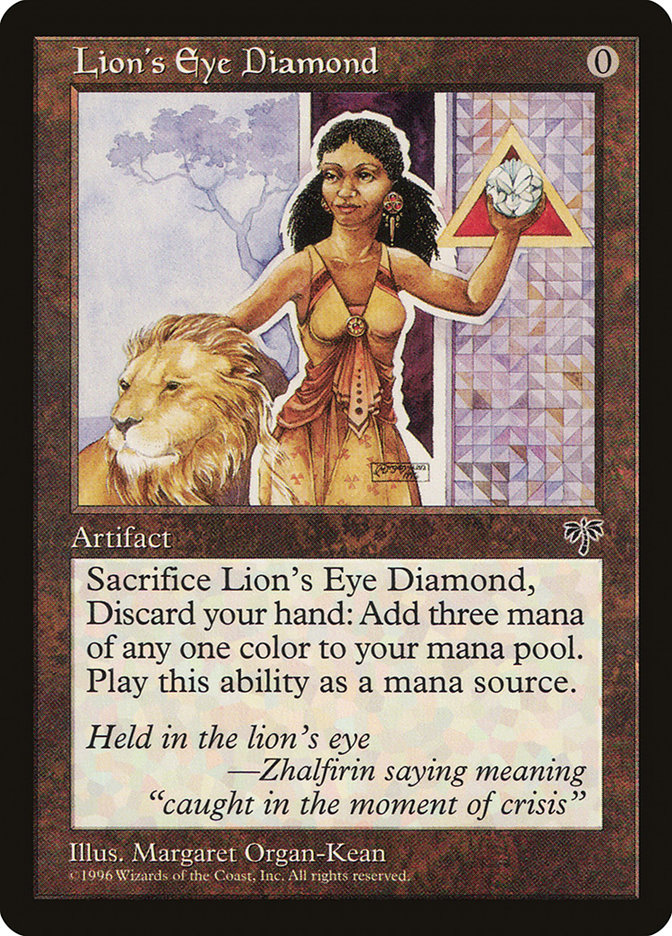
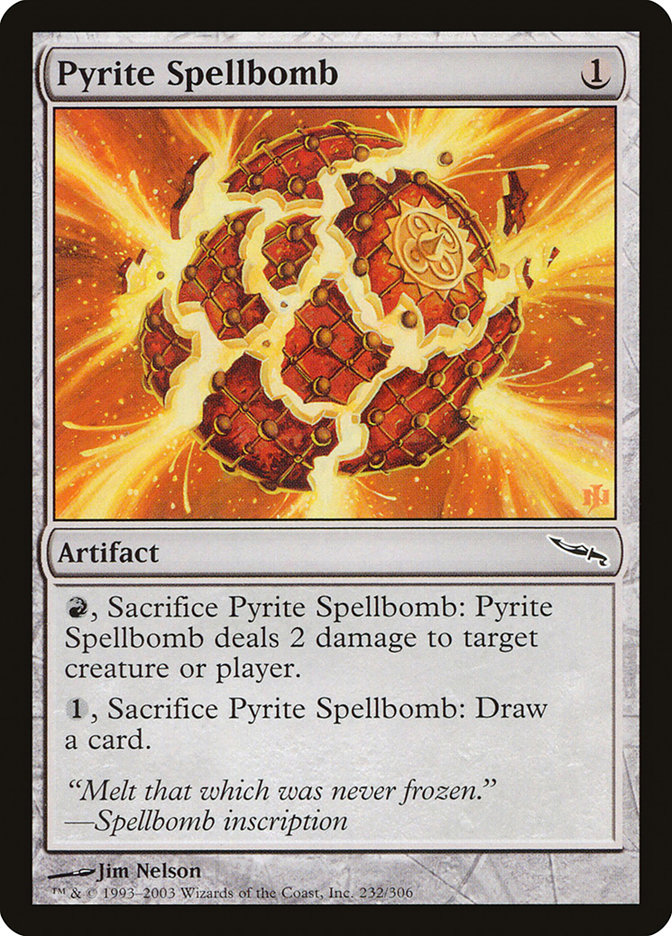
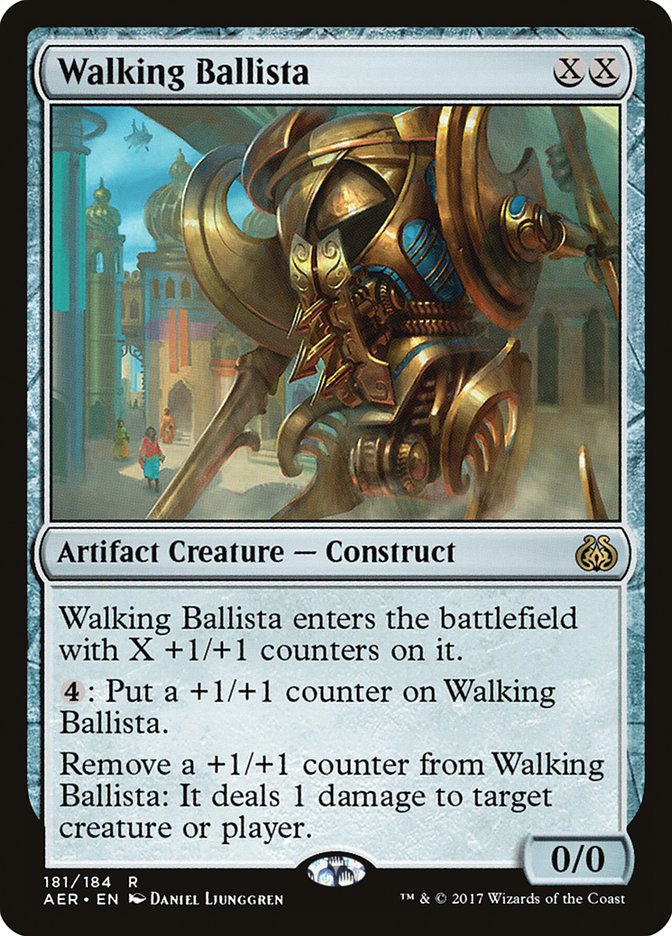
Using Auriok Salvagers’ activated ability, you can keep returning Lotus/LED indefinitely, netting you 1 mana each time. If you are lucky enough to have Black Lotus, you can sink your generated mana into anything you want. LED is a little trickier, since it requires you to discard your hand. Luckily, there are other artifacts that also allow you to kill your opponent with the mana you generated.
Karmic Guide + Kiki-Jiki, Mirror Breaker + Sacrifice Outlet
Famously used in Protean Hulk combo decks, this combo works as follows: You need all objects in play, Karmic Guide can also be used to reanimate your missing piece. Once you have them, you activate Kiki-Jiki, Mirror Breaker’s ability targeting Karmic Guide, while holding priority (on MTGO, this can be accomplished by holding down your CTRL key during the activation) and sacrificing the Kiki-Jiki in response. Once its ability is allowed to resolve, you’ll get a hasty copy of Karmic Guide, allowing you to return the sacrificed Kiki back to the battlefield. Repeat this process for as many hasty Karmic Guice copies as you want (or need).
Deceiver Exarch/Pestermite/Zealous Conscripts + Kiki-Jiki, Mirror Breaker/Splinter Twin
We expect most players to be familiar with this combo, and it’s not a difficult one either. Exarch, Pestermite and Conscripts all allow you to untap a permanent, which will be either itself (if enchanted with Splinter Twin) or Kiki-Jiki, Mirror Breaker after having made a copy. You can repeat this process as many times as needed. Restoration Angel also works with Kiki but not Splinter Twin, because the aura falls off upon self-exile.
Narset, Parter of Veils/Leovold, Emissary of Trest + Timetwister/Echo of Eons/Time Spiral/Wheel of Fortune
Another iconic Vintage Cube combo. Narset and Leovold limit your opponent’s ability to draw multiple cards, leaving them with 1 and you with a full grip of cards after your Draw 7.
Flash + Protean Hulk/Vaultborn Tyrant/Woodfall Primus/Worldspine Wurm
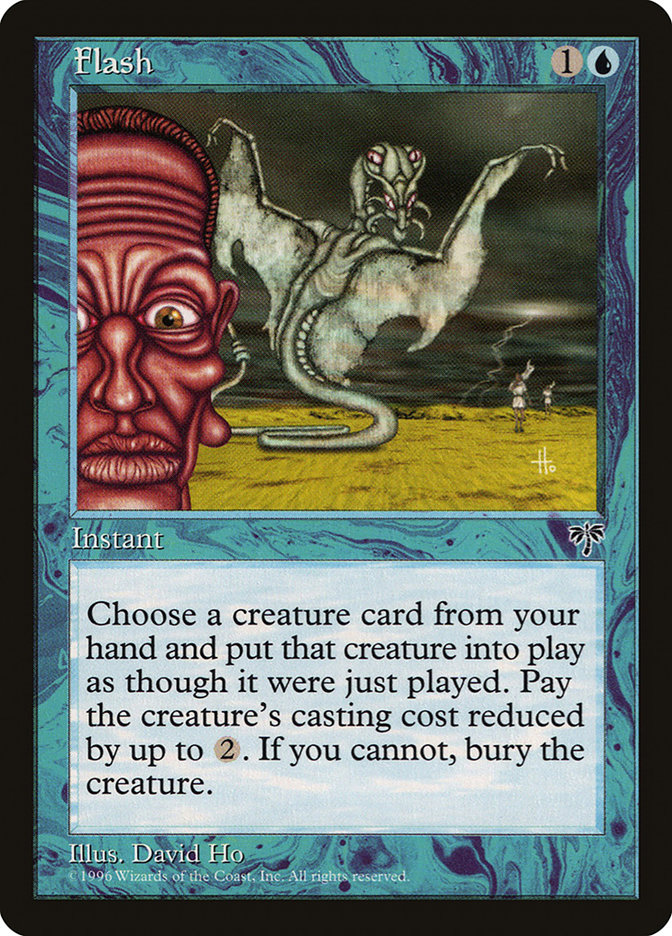
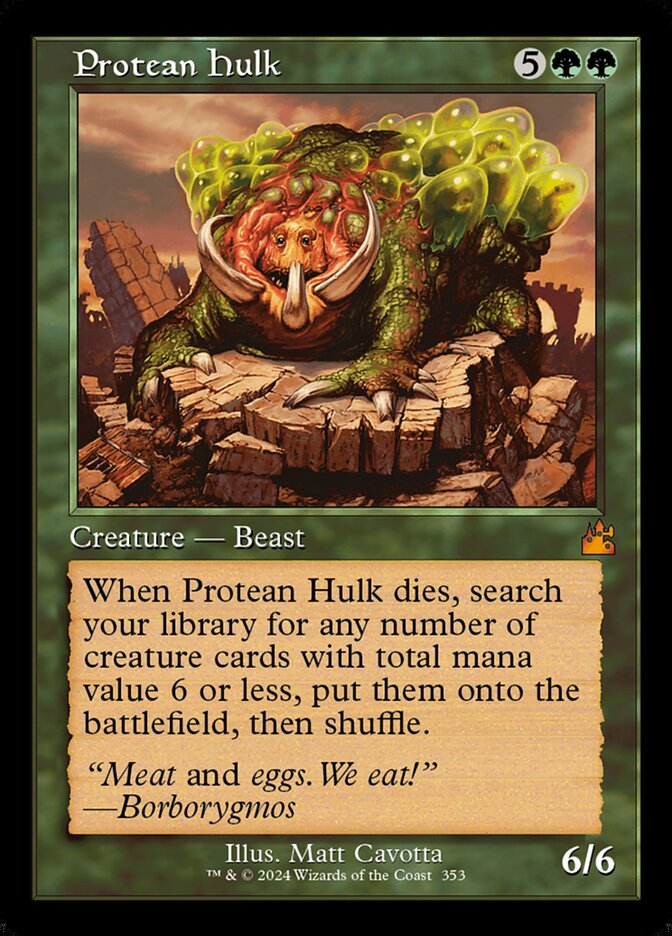
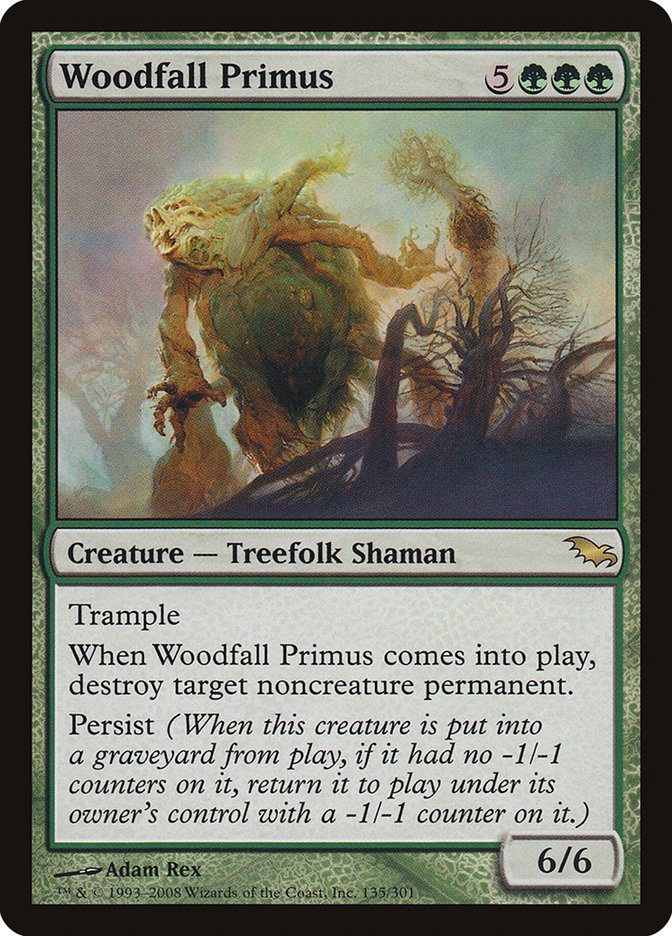
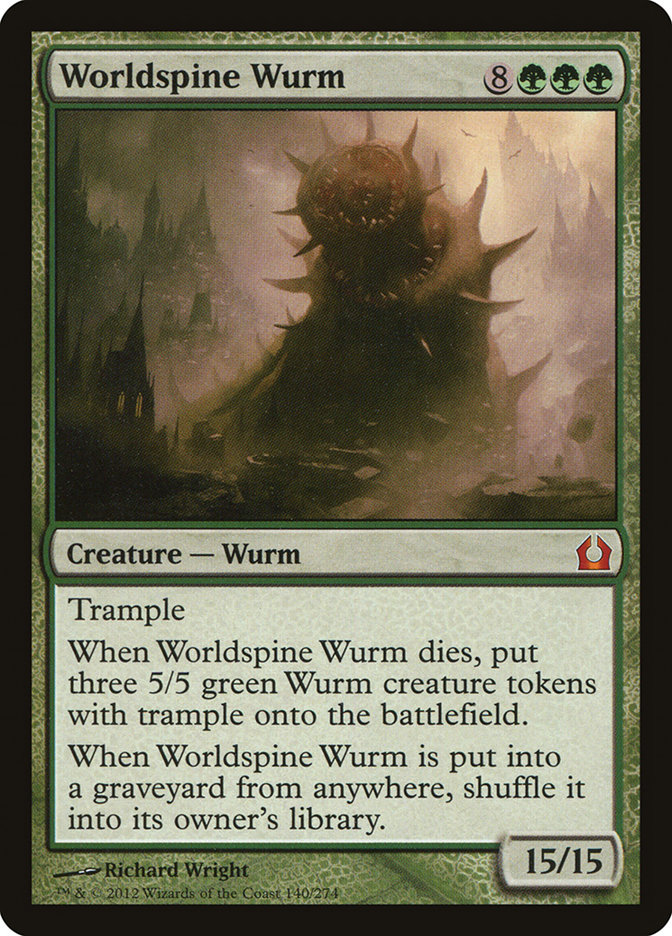
Flash combines with all of these for great effects, some slightly worse, but all still great. Basically, you get any enters or leaves the battlefield effects. In case of Protean Hulk, that means searching your library for creature cards with total mana value 6 or less. Vaultborn Tyrant nets you 2 cards, 6 life, and an artifact token copy of the original. Woodfall Primus allows you to destroy two noncreature permanents and leaves you with a 5/5 trample. Worldspine Worm rewards you with three 5/5 tramplers.
Time Walk + Eternal Witness + Ephemerate/Soulherder/Splinter Twin/Kiki-Jiki, Mirror Breaker
You can of course use Capture of Jingzhou as a more expensive replacement for Time Walk. All of these lead to infinite turns: Eternal Witness returns Time Walk to your hand, then the additional turn means that you can keep using the 3rd piece of the puzzle repeatedly. Ephemerate’s Rebound ability lets you return 2 cards within that turn cycle, which allows you to grab your Time Walk and rebuy the Ephemerate itself with the 2nd trigger.
Upheaval + Memory Jar
This combo has been in Vintage Cube since its very inception and is still strong today. While casting Upheaval with a bunch of mana floating is usually enough to set up a win, try combining it with Memory Jar to slam the door on them immediately. Activating Memory Jar in response to your own Upheaval (on MTGO, hold down the CTRL key while casting Upheaval to retain priority) results in the cards returned to hand with Upheaval being discarded at the end step via Memory Jar, leaving your opponent with no permanents plus whatever cards in hand they had when you cracked the jar.
Gravecrawler + Warren Soultrader + Marionette Apprentice/The Meathook Massacre/Mayhem Devil
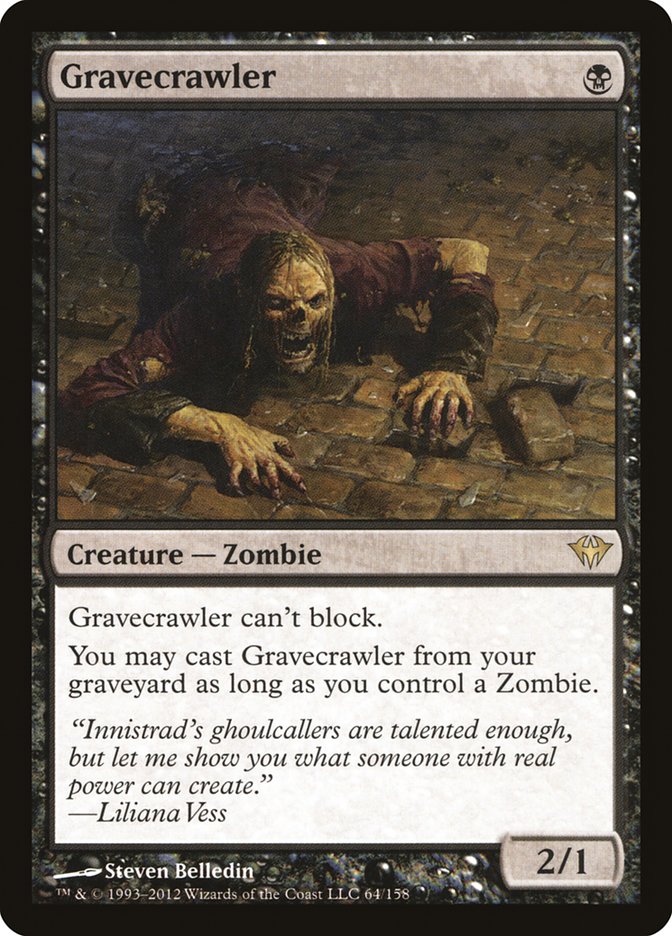


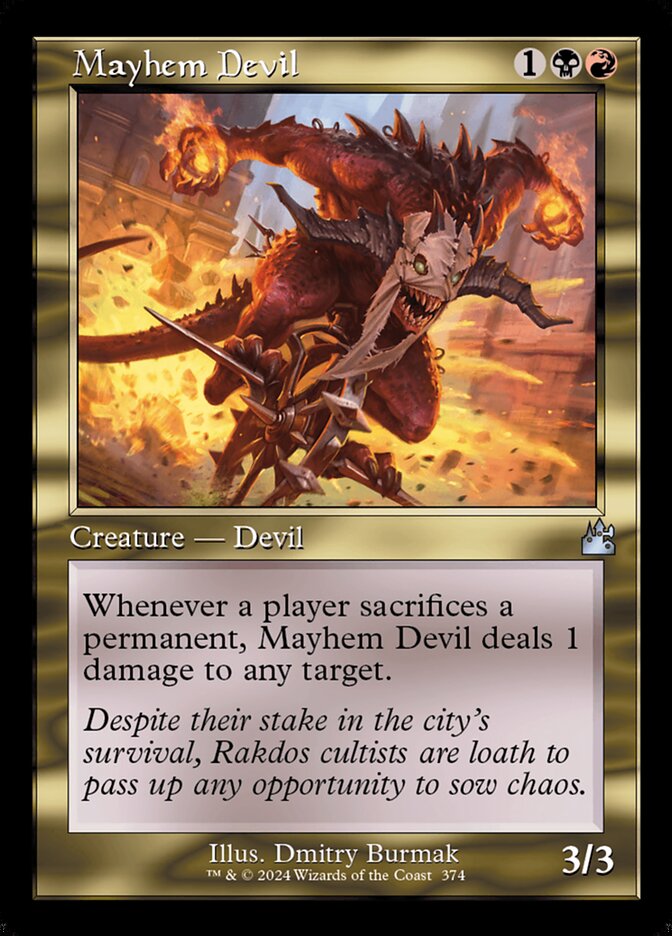
Gravecrawler can be cast from your graveyard if you control a Zombie. Warren Soultrader happens to be one, so using its ability to create a Treasure you can repeatedly sacrifice and cast Gravecrawler, losing 1 life every cycle. With The Meathook Massacre in play, your opponent loses 1 life every cycle, so if you are ahead on life totals, you are able to win on the spot. Marionette Apprentice and Mayhem Devil will trigger off of both Gravecrawler and the Treasure, which makes them effectively deal 2 every cycle, while you only lose 1, so you don’t even need to be ahead with those. Forsaken Miner triggers to return every time you commit a crime, which Mayhem Devil does for you.
Dark Depths + Vampire Hexmage/Thespian’s Stage
These are the two main ways to create a Marit Lage token. Vampire Hexmage can just remove all of Dark Depths’ counters in one activation. Thespian’s Stage doesn’t remove them, but if you copy Dark Dephts, that copy will have 0 counters and trigger a Marit Lage creation (choose to keep the copy when the Legend rule applies).
Titania, Protector of Argoth + Land Sacrifice or Destruction
This one is also fairly straightforward: Titania, Protector of Argoth rewards you for sacrificing or destroying your own land with a 5/3 Elemental each time. Use Armageddon, Ravages of War, Rain of Filth, Sylvan Safekeeper, or Zuran Orb to flood the board with Elementals and overwhelm your opponents.
Channel + Emrakul, the Aeons Torn
A classic that had to be listed. You can of course use Channel to “channel out” other Eldrazi, Ugin, or big artifacts, but Emrakul is easily the most iconic and most likely to elicit a concession.
Fastbond + Crucible of Worlds/Ramunap Excavator + Zuran Orb/Strip Mine
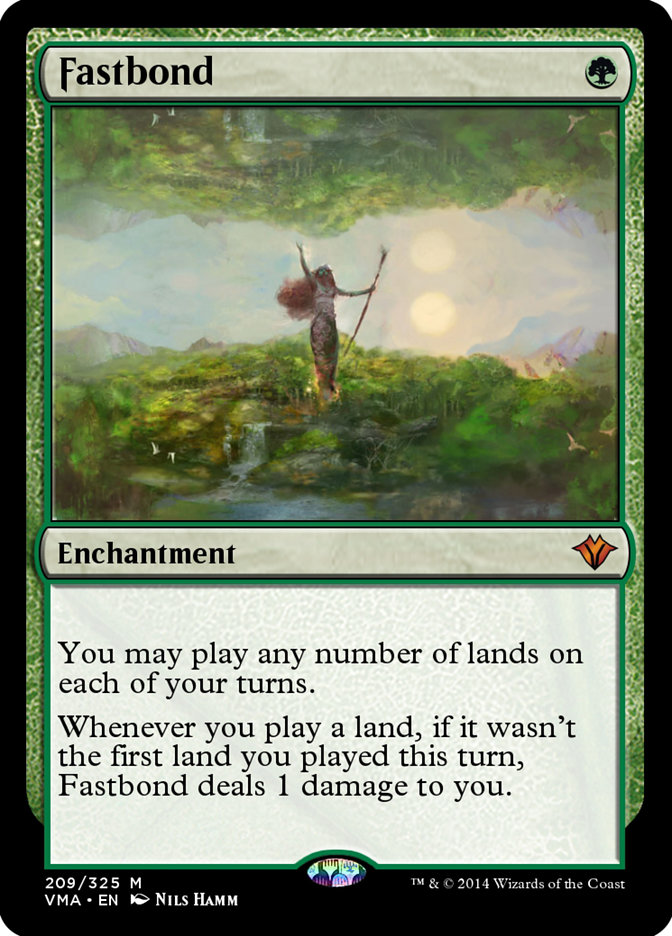
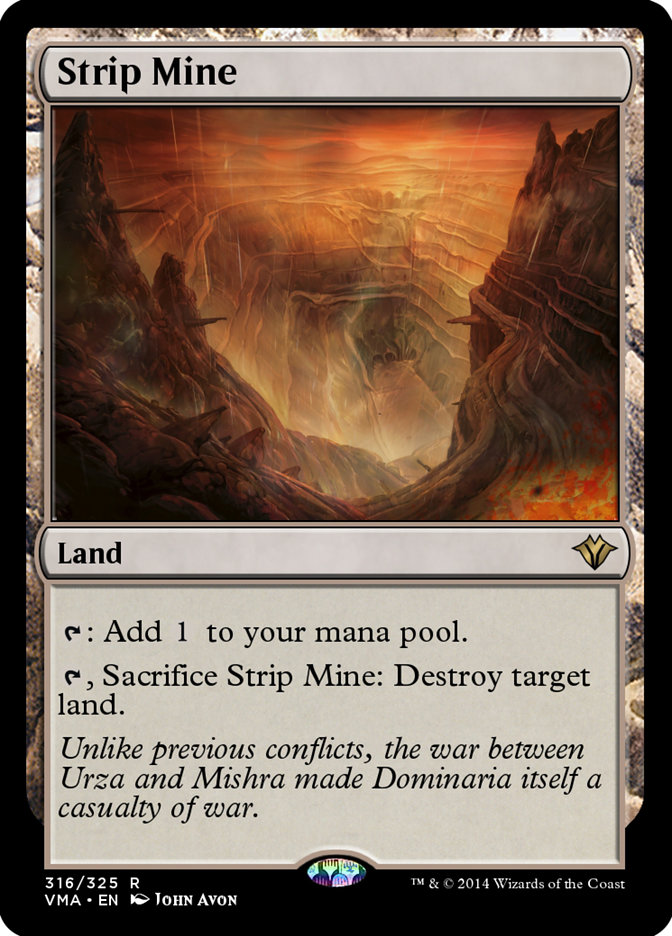
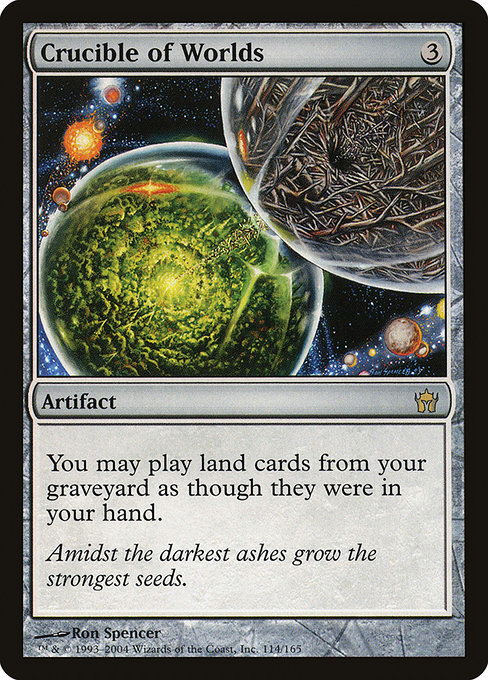
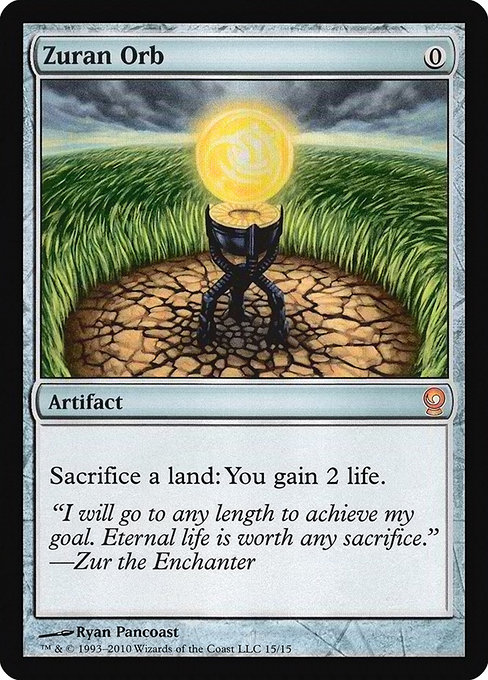
With Strip Mine, you can clear all your opponent’s lands and with Zuran Orb you can generate infinite mana and infinite life. If you throw a Courser of Kruphix in there to mitigate the life-loss from Fastbond, the Strip Mine loop can also generate infinite mana by repeatedly tapping, destroying and replaying your own lands.
Zirda, the Dawnwaker + Grim Monolith/Basalt Monolith
Zirda reduces the cost of the untap-activations of both Monolith, netting you infinite colorless mana. You can sink that into big stuff, like with Channel, make infinite tokens with Retrofitter Foundry or kill them right away with a Walking Ballista.
Kinnan, Bonder Prodigy + Basalt Monolith
Kinnan does not reduce the cost of the untap ability but nets you an extra mana, which allows Basalt Monolith to make infinite mana.
Mindslaver + Emry, Lurker of the Loch/Goblin Welder
If you have enough mana, Emry allows you to go infinite with Mindslaver, taking over all of your opponent’s turns until you found a way to beat them. Goblin Welder on its own doesn’t go infinite with Mindslaver, but is also way cheaper, because you only have to activate, but not cast the Mindslaver and usually taking over a couple of your opponent’s turns will result in victory. If you can keep making artifacts however, Goblin Welder can also go infinite, for example with Retrofitter Foundry or Daretti, Ingenious Iconoclast.
Additional Synergies
Here are some other powerful card interactions to keep in mind when you’re drafting this Cube:
- Leonin Relic-Warder/Skyclave Apparition + Ephemerate/Restoration Angel
- Parallax Wave + Containment Priest/Cathar Commando
- Living Death + Goblin Bombardment
- Intuition + Sevinne’s Reclamation/Past in Flames
- Gifts Ungiven + Unburial Rites
- Winter Orb + Urza, Lord High Artificer/Opposition/Goblin Welder/Goblin Engineer/Glare of Subdual
- Goblin Welder + Winter Orb/Tangle Wire
- Kitchen Finks + The Wandering Emperor/Virtue of Loyalty
The Full List
Whew, that’s a lot of info to set you up for browsing the entire list! Well, the entire list of card names, at least. The full reveal of editions and conditions for each card will come in an article here next Friday.
We’ll give you a teaser right now, though, since we have to explain those two tabletop-only inclusions. Wizards of the Coast will be providing us with advance copies of Wrath of Leknif and Wisedrafter’s Will from Mystery Booster 2 for inclusion in the Prize Cube! Some of you may recognize these two cards as the cards originally submitted by Jon Finkel and Kai Budde for their Invitational cards, which eventually became Shadowmage Infiltrator and Voidmage Prodigy. Accordingly, the OG Invitational test cards in the Prize Cube will be signed by Jon and Kai!
These two cards are not available on Magic Online, but the chance to include them in the Prize Cube was too sweet to pass up, so we substituted Snap and Supreme Verdict into the online version instead. We’ve updated the Cube section of the Magic Online Vintage Cube LIVE Information Page with the 542 cards in the Magic Online and Finals versions of the Prize Cube, so check it out, and let us know what you think on the Magic Online socials. We’ll see you in Vegas or online in the queues on October 25th!